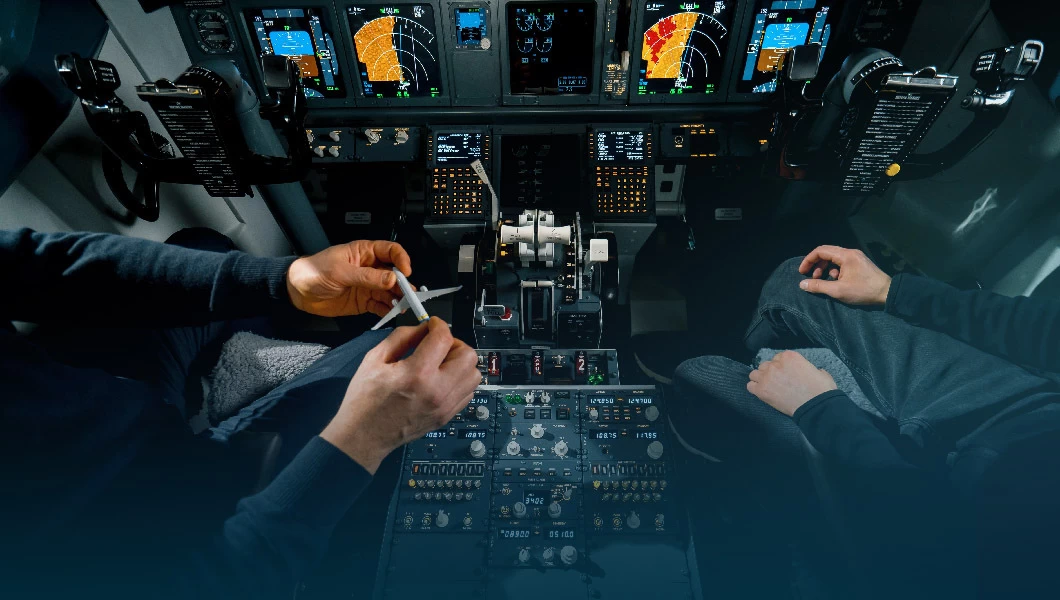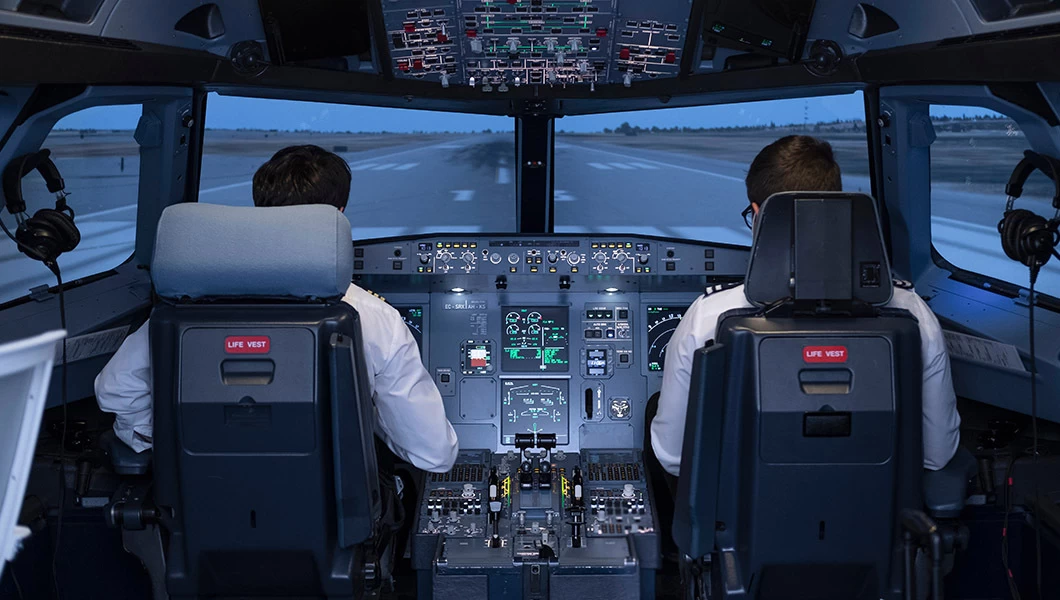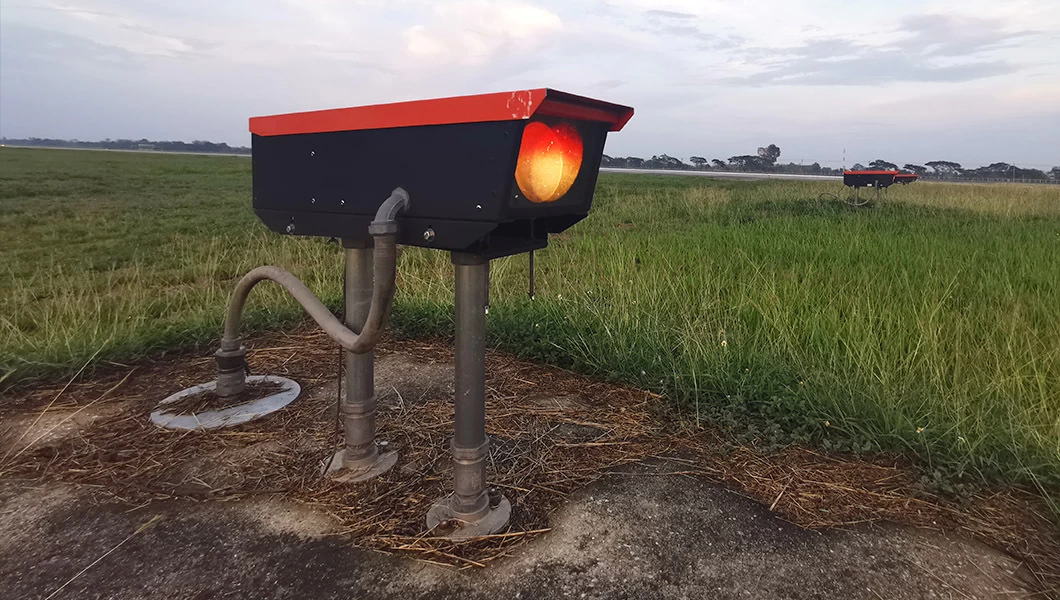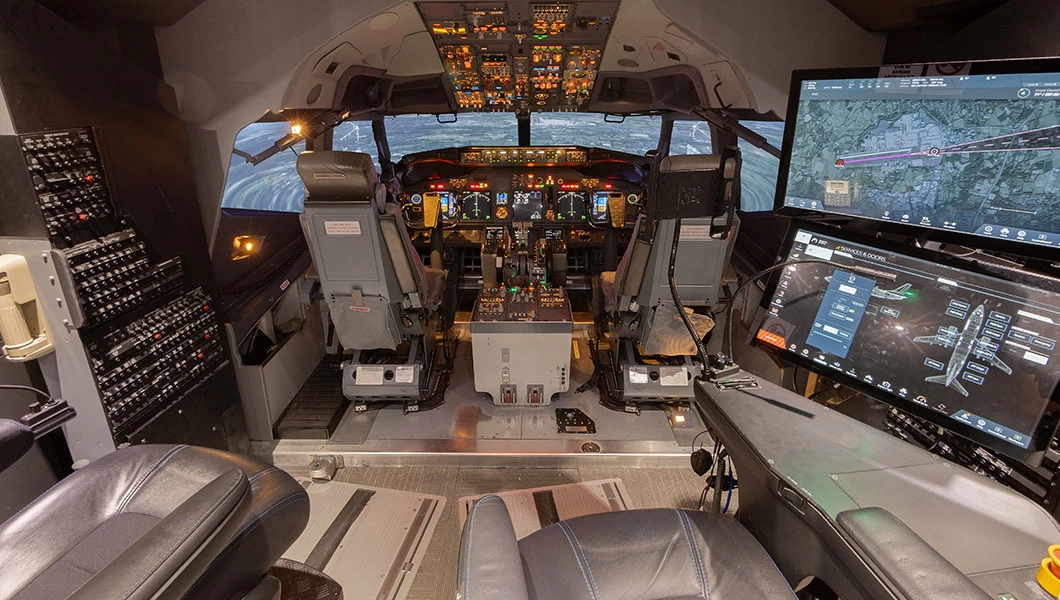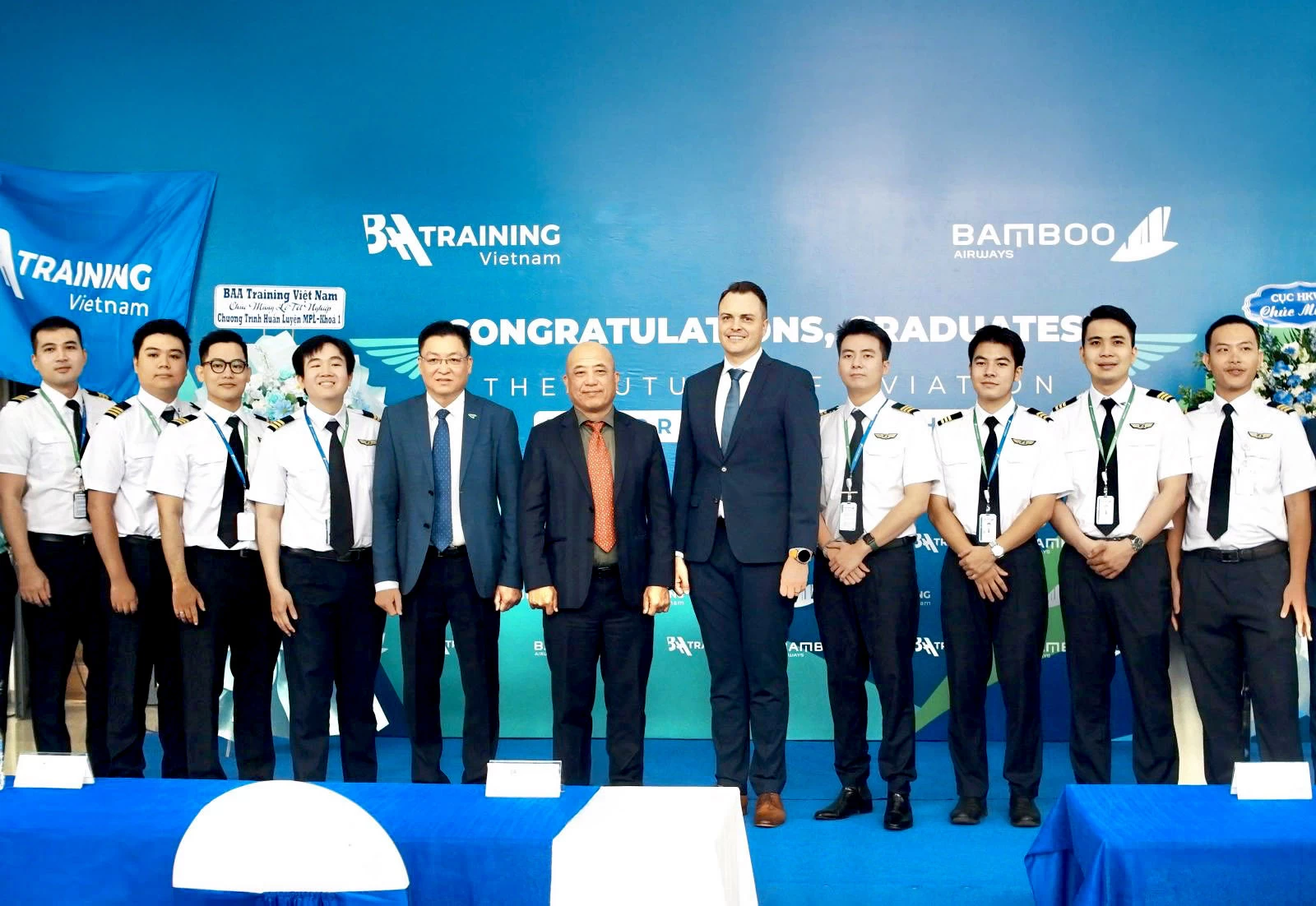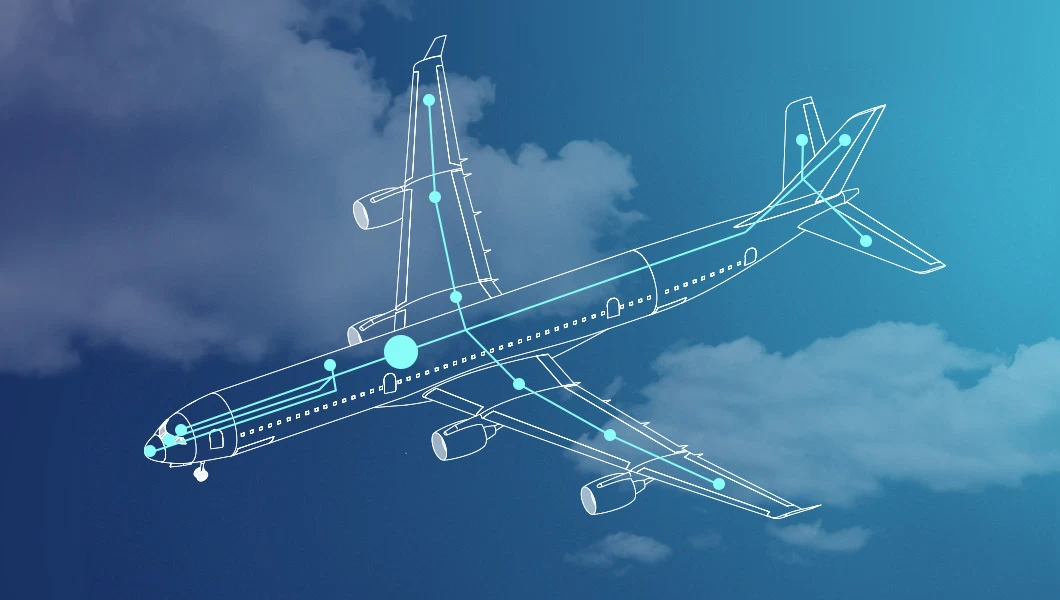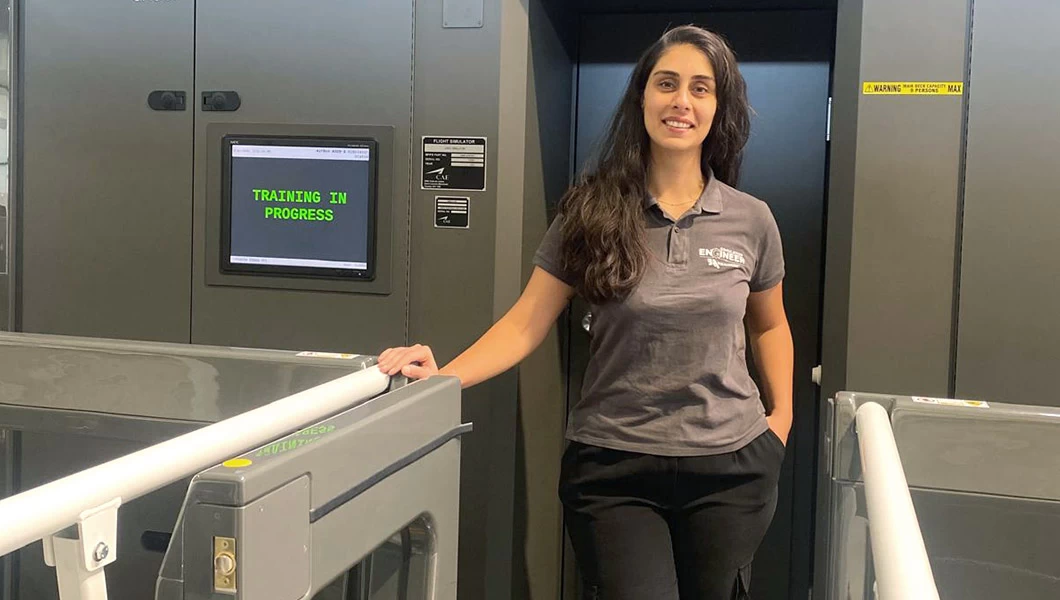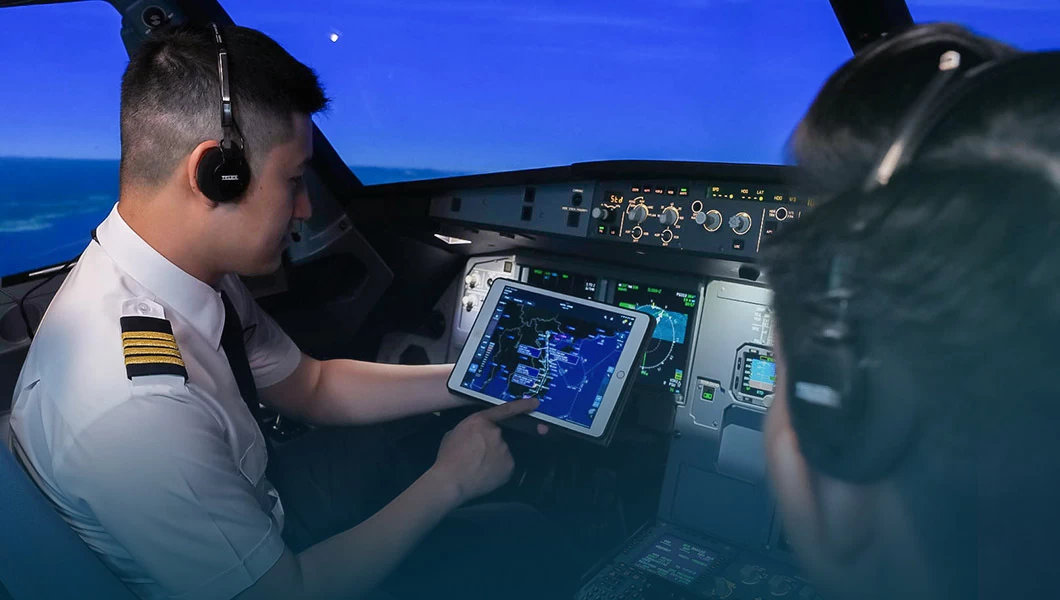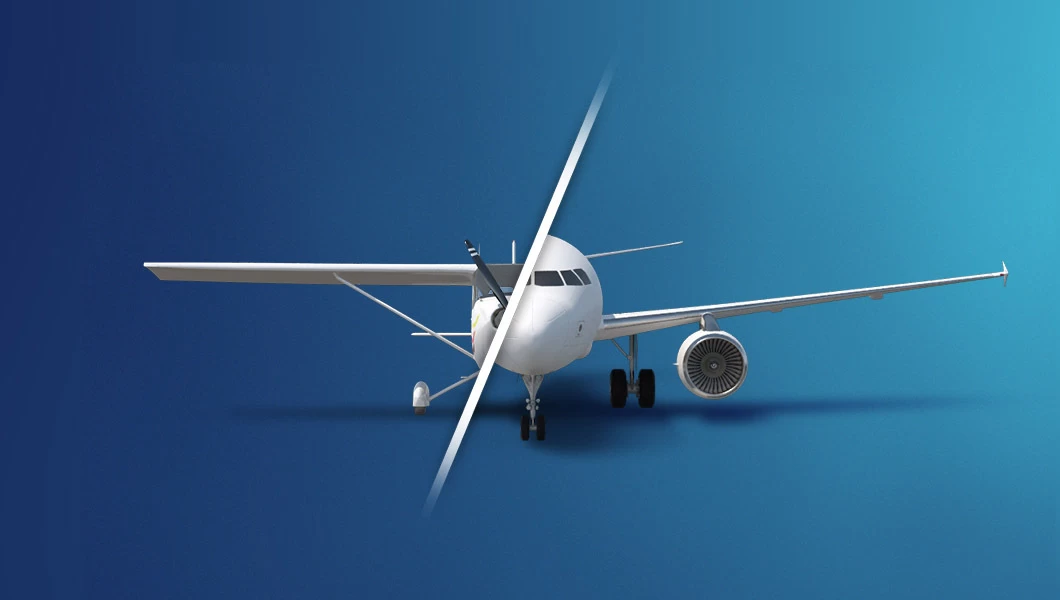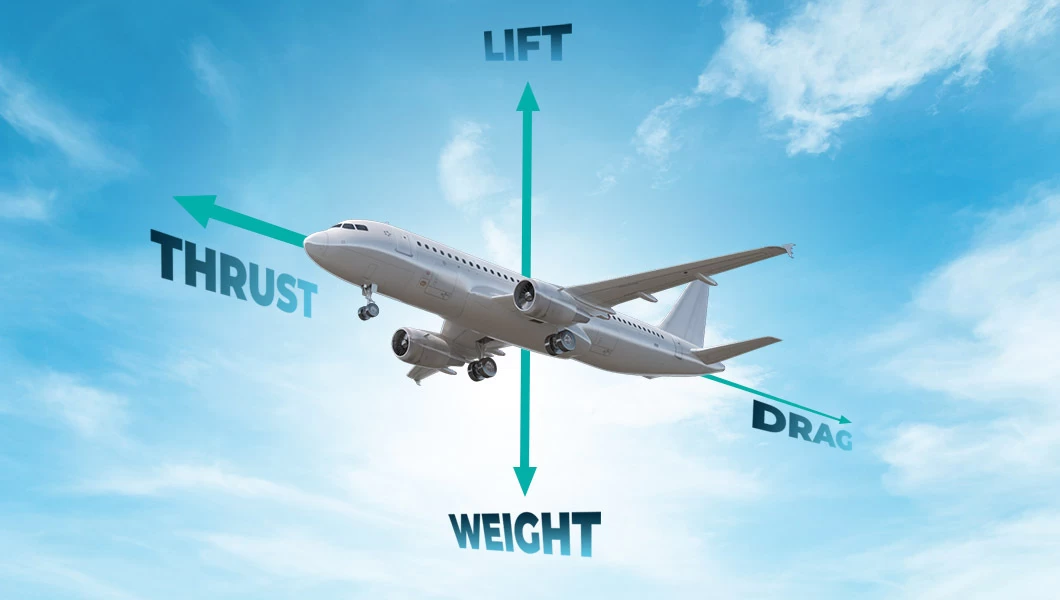Unpredictable and extreme weather conditions
While meteorologists and aviation forecasters strive to provide up-to-date information and can predict inclement weather, unexpected changes in weather conditions can still occur.
Thunderstorms, in particular, can be highly localized and difficult to predict precisely. Important to note that it’s not the lightning (although it’s not good if you’re hit), but it’s the shifting winds, updrafts and downdrafts that can make it hard to keep the plane under control.
Pilots must rely on modern technology, advanced weather forecasting systems, onboard radar, and continuous communication with air traffic control to make informed decisions.
Delta Airlines flight 1076
For example, in 2020, Delta Airlines 1076 flight bound for New York’s LaGuardia Airport was diverted after reported a problem with its navigation equipment. The Airbus A319, carrying 43 passengers from Palm Beach, Florida, landed safely at JFK Airport.
The photo below shows that the plane’s front cone was damaged. While it was initially thought a bird hit the plane, the airline later confirmed that hail damaged the nose cone.
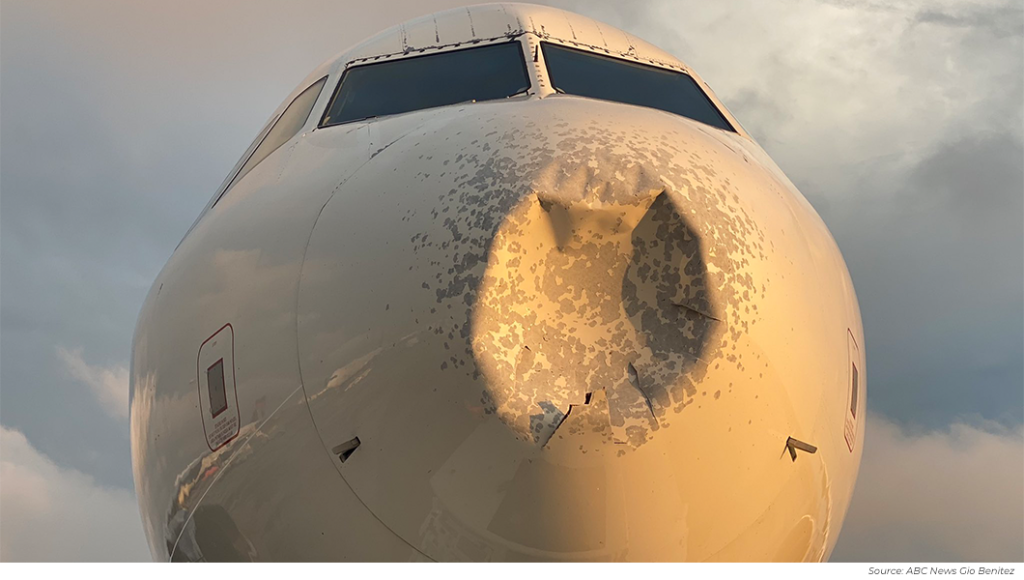
Mountainous terrain
Another set of challenges is caused by operating in mountainous regions. Pilots must know how to deal with rapidly changing terrain and be well aware of the potential for severe turbulence caused by wind patterns interacting with the mountains. Thorough knowledge of mountain flying techniques, as well as specialized training, is mandatory for pilots in these areas.
The Lukla Airport (Tenzing-Hillary Airport)
Tenzing-Hillary Airport (Lukla Airport) is a prime example of navigating through tricky mountainous terrain. The airport is located in the Everest region of Nepal, surrounded by steep mountains with a short and inclined runway. It is famous for being one of the most dangerous airports in the world.
Pilots who fly to this unusual destination undergo rigorous specialized training, equipping themselves with skills to navigate the unique Lukla’s terrain and runway. Pilots use a visual approach to land there and they have to manage altitude meticulously to ensure a safe descent, avoiding potentially hazardous terrain.
They also have to be prepared for the go-around and know which low visibility procedures to apply if there is a sudden drop to almost zero visibility. Moreover, to ensure safe takeoff and landing, pilots have to carefully calculate weight and balance due to the altitude and the runway’s limited length.
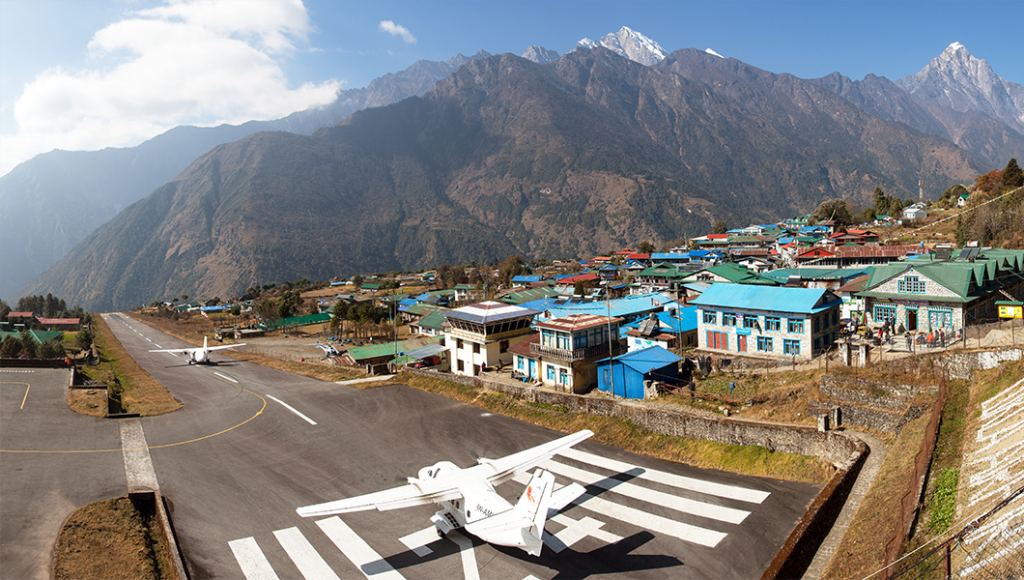
Remote areas
Let’s not forget some pilots also have to fly to remote locations with limited or nonexistent infrastructure, which isn’t any easier to handle than the previous two cases. Pilots may need to rely on satellite navigation systems, carry extra supplies, and be proficient in short or unpaved runway operations.
Barra Airport, Scotland
Those who have ever landed at Barra Airport, located in the Outer Hebrides of Scotland, would agree that certain aspects present challenges.
First of all, it doesn’t have a traditional runway – landings occur directly on the beach. Therefore, there are no traditional runway markings, which requires pilots to rely on satellite navigation systems and GPS for landing guidance.
Due to the airport’s location, pilots should be prepared for tides impacting runway length and the changing area suitable for landing. They have to monitor weather patterns carefully and be ready to adjust commercial flight plans accordingly.
Similar ARTICLES
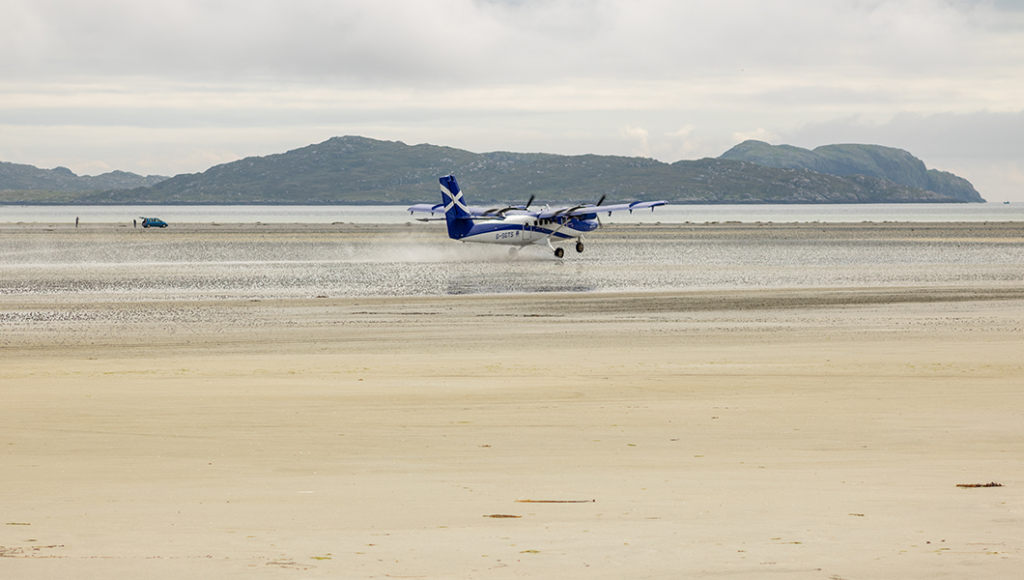
Arctic and Antarctic operations
And now we are getting to something even more interesting… The polar regions with extreme cold, long periods of darkness or daylight, strong winds and… attention… magnetic anomalies affecting navigation equipment! Special training is necessary for pilots to operate in these areas, and specially equipped aircraft are crucial to withstand the harsh conditions.
McMurdo Station, Antarctica
McMurdo Station, located on Ross Island in Antarctica, experiences some of the most cold temperatures on the planet. Scientists, support staff, and personnel involved in various scientific projects and operations fly to McMurdo Station to conduct research in below freezing temperatures in various fields, such as glaciology, geology, oceanography, biology, climate science, and more, so planes fly there quite often.
In the area covered with ice and snow, pilots must rely on advanced navigation systems to accurately plan their course.
Specially modified aircraft have to be prepared for ice-covered runways and have de-icing equipment. The modifications also involve specialized engine components, low-temperature hydraulic fluid and lubricants that are able to withstand cold without freezing. Some aircraft also have instruments to assess runway conditions and additional safety equipment on hand for adverse weather, such as survival gear in case of an emergency landing on water.
Your PILOT CAREER
starts with a first click

Emergency scenarios
Last but not least, the possibility of an emergency should never be underrated. Whether it’s a severe thunderstorm or an engine failure over the ocean, pilots are trained to remain calm, communicate effectively, and execute emergency procedures they have practiced multiple times in the simulator to avoid air accidents.
United Airlines Flight 328
On February 20, 2021, United Airlines Flight 328 operated by Boeing 777-200 faced a catastrophic engine failure shortly after takeoff from Denver International Airport.
The flight crew, led by Captain David Delucia and First Officer Chad Flick, responded with remarkable composure and professionalism. They declared an emergency, followed established procedures and skillfully managed the situation. With one engine disabled, they executed a safe return to Denver, using controlled maneuvers and asymmetric thrust.
In a twin-engine aircraft like the Boeing 777, if one engine fails, the remaining engine is responsible for generating all the thrust needed to maintain or regain control of the aircraft. This situation creates a challenge for the pilots, as they must adjust the power settings and control surfaces to compensate for the uneven thrust.
Thanks to their expert handling, all 231 passengers and 10 crew members landed safely, and there were no reported injuries.
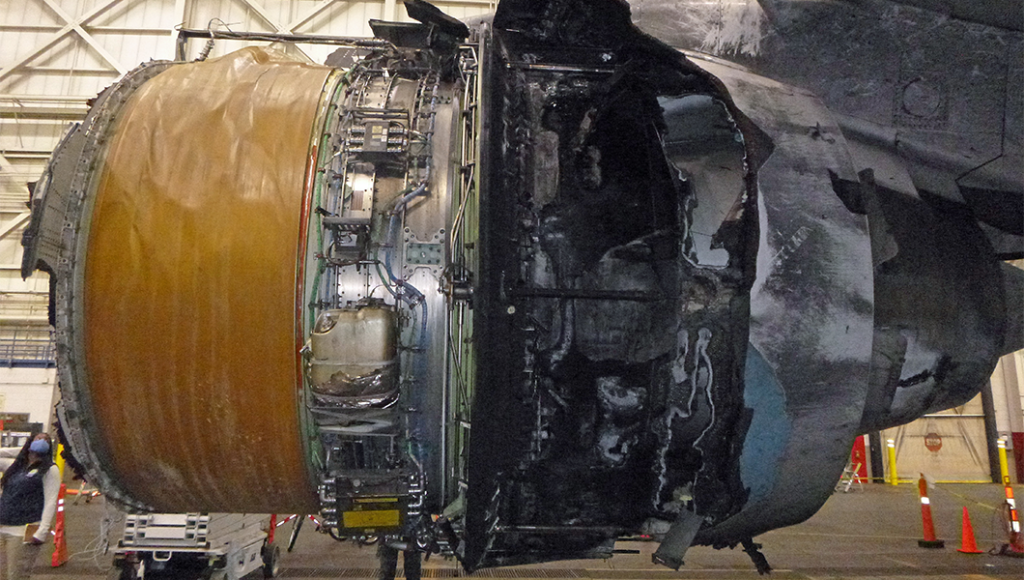
Conclusion
As you must have realized by now, flying in challenging environments demands maximum concentration from pilots. They must understand the complexities posed by severe weather, wind shear, low clouds, thunderstorm clouds, rainy conditions, heavy fog, etc., and be able to ensure smooth flight operations and a safe landing.
So, the next time you look up at a plane streaking through a storm or landing on a short runway in a remote location, remember the incredible skill and expertise that go into how modern airplanes navigate. This is what makes the aviation industry and the job of a pilot flying commercial airplanes truly special.
If you’d like to conquer the skies yourself, check our initial training programs!


